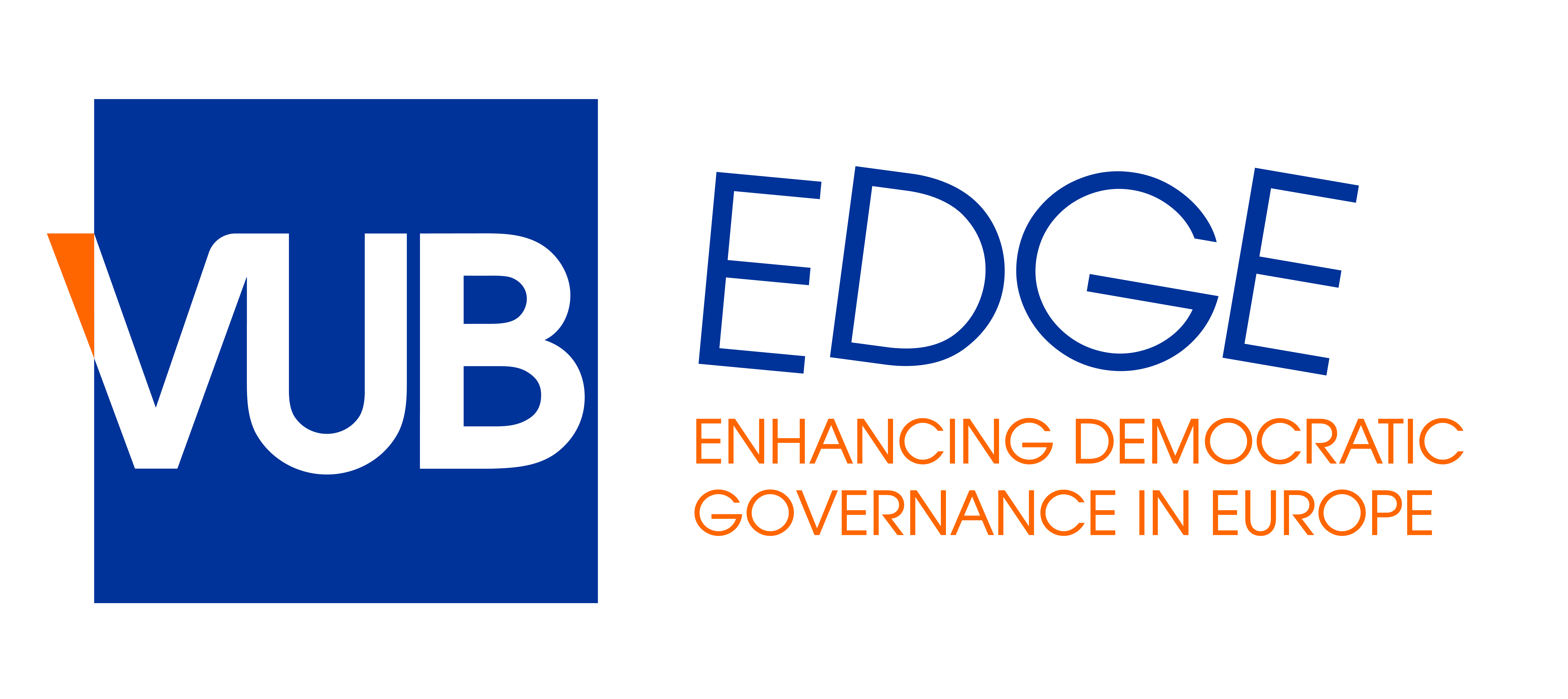
by Merel Fieremans
Since the 1990s scholars have warned for the crisis of (liberal) democracy. Studies signal a growing indifference towards formal politics, lowers levels of electoral participation, and reduced support for political institutions, especially among the young. However, there is hope. In 2016 the Inter-Parliamentary Union emphasized the potential of youth parliaments to narrow the gap between youngsters and formal politics. This blog post maps the potential of two Belgian youth parliaments: the Belgian national youth parliament (Jeugd Parlement Jeunesse) and a regional youth parliament (Vlaams Jeugd Parlement). While youth parliaments often objectively claim to reconnect youngsters with democracy, the reality is not that straightforward.
The young are regularly presented as actors who can change the world. However, what if youngsters are turning their backs on formal politics, as is often claimed? While some studies argue that youngsters participate in different, more unconventional ways, the truth remains that electoral participation is the backbone of our representative democratic system. As youth parliaments are praised for their ability to narrow the gap between youngsters and democracy, we must question whether and how these institutions achieve this.
To bring youngsters and democracy closer together, youth parliaments should perform core functions – a pioneering study on youth parliaments shows. These core functions resemble the diverse roles of “adult” parliaments and aim at leading to transferable skill development and promoting formal engagement. Youth parliaments can familiarize participants with parliamentary workings (parliamentary function), offer them the ability to express their voice during (internal democratic function) and beyond the simulation (external democratic function), and provide political education (educative function). Even though youth parliaments often claim to fulfill these functions on paper, whether participants actually experience their presence and proposed outcomes remains overlooked. If this is not the case, we cannot expect youth parliaments to play a crucial role in politically reengaging youngsters.
The case of Belgium provides interesting insights. In 2022, original survey data was gathered for my Master’s Thesis titled “How do Youth Parliamentarians Experience the Core Functions of Youth Parliaments? A Case Study of the Belgian Jeugd Parlement Jeunesse and Vlaams Jeugd Parlement.”, in the framework of the MA program European and International Governance at the Vrije Universiteit Brussel. The survey measured participants’ experiences of the core functions in two Belgian youth parliaments (Jeugd Parlement Jeunesse and Vlaams Jeugd Parlement). The results showed that youth parliaments can narrow the gap between youngsters and democracy. While it becomes clear that there is hope, some lessons still need to be learned.
On the plus side, the youth parliamentarians experienced a deep understanding of parliamentary workings (parliamentary function) and the ability to express their voice during the simulation (internal democratic function). On the downside, they did not experience the transmission of their discussions beyond the simulation (external democratic function). Furthermore, they did not have strong feelings of the youth parliament transforming them into politically educated citizens (educative function). However, as these youth parliaments mainly attract the already politically educated, tweaks in their selection procedures could improve these experiences. Opening up the selection process (e.g. through schools), so that participation is not based on political skills and/or past political engagement would allow the less politically educated to become youth parliamentarians.
As the potential of changing the selection procedures indicates, institutional design matters. While both youth parliaments have a very similar design structure, some differences do exist. My thesis revealed that participants in the national youth parliament (i.e. Jeugd Parlement Jeunesse) had stronger experiences of the core functions than the regional participants. A possible explanation hereof might be the multilingualism within the national youth parliament and the presence of translators, which contributes to the equality of participation.
Furthermore, the experiences of participants are mediated by their personal characteristics, namely their position in the youth parliament, participants’ seniority, and gender. As both youth parliaments have an organizational culture focused on familiarizing youngsters with parliament, organizers of the youth parliaments strongly experienced the parliamentary function. Additionally, the necessity to familiarize themselves with their role and the parliamentary environment generally led to less strong experiences among first-time participants (i.e. youngsters who have not participated in a youth parliament before). Finally, while parliament is a male-dominated institution, the effects of this gendered institution only played out during the simulation (internal democratic function). This is because women felt less able to express their voice during the discussions. Again, adapting the institutional design, such as through changes in the voting procedures, could facilitate women to speak up.
So, while both youth parliaments are on the right track to reconnect youngsters with democracy, work remains to be done. Solely stating that you fulfill the core functions is not sufficient. Making sure that participants actually experience them is crucial. This post suggests that youth parliaments hold the potential to address the crisis of (liberal) democracy, but careful attention to institutional design is necessary.
About the author
Merel Fieremans is a teaching assistant at the Political Science department of the Vrije Universiteit Brussel. More info
